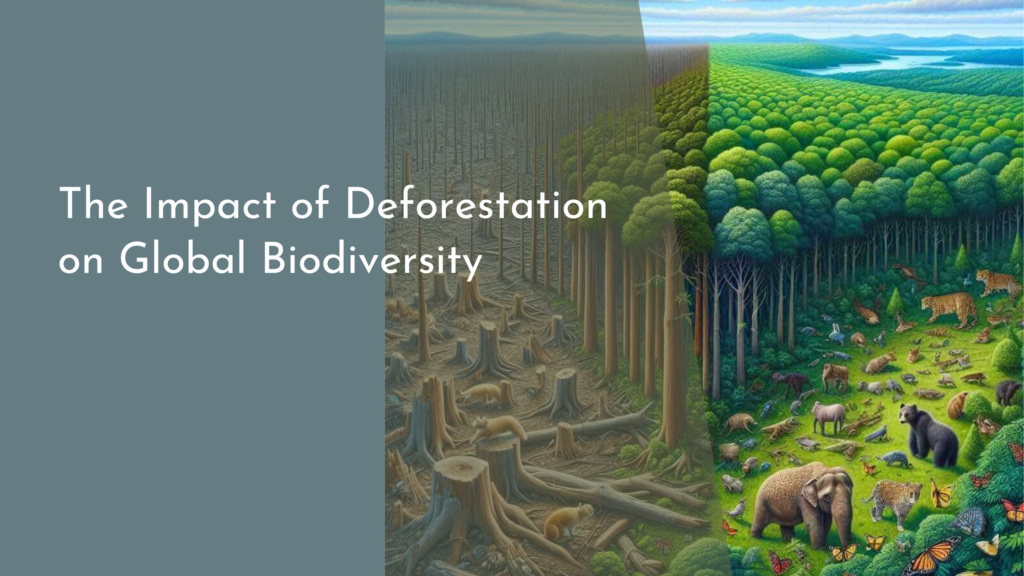Dust Bowl Recovery: Lessons for Modern Soil Restoration
The Dust Bowl of the 1930s stands as one of the most devastating environmental disasters in American history, profoundly impacting agriculture and the livelihoods of countless families. This catastrophic event was characterized by severe drought, poor farming practices, and high winds that stripped the land of its topsoil, leading to massive dust storms that affected not only the Midwest but also large parts of the United States. However, from the ashes of this calamity emerged a wealth of knowledge and innovative techniques that not only revived America’s farmlands but also laid the groundwork for modern soil restoration efforts. Today, as we face new environmental challenges, the lessons learned from the Dust Bowl are more relevant than ever.
Understanding the Dust Bowl requires a look back at its historical context. The early 20th century saw a surge in agricultural expansion, as farmers were encouraged to cultivate the Great Plains. However, the combination of intensive farming practices and a series of severe droughts led to the loss of soil integrity. The topsoil, once rich and fertile, became dry and loose, ultimately resulting in the infamous dust storms that swept across the nation. The human and ecological toll was immense, with countless families displaced and ecosystems devastated. This period of hardship served as a wake-up call, highlighting the critical importance of sustainable land management practices.
In response to the Dust Bowl, innovative techniques were developed that would eventually revitalize the affected farmlands. One of the most significant methods was the implementation of crop rotation, which helped to restore soil nutrients and minimize erosion. Additionally, the introduction of contour plowing and the establishment of windbreaks played crucial roles in reducing soil loss. The government also stepped in, creating programs that educated farmers on sustainable practices and provided financial assistance for soil conservation efforts. These initiatives not only helped to recover the land but also fostered a sense of community and resilience among the affected populations.
As we look to modern soil restoration, the lessons from the Dust Bowl offer valuable insights for today’s environmental challenges. Current practices such as regenerative agriculture, which emphasizes soil health and biodiversity, echo the principles established in the wake of the Dust Bowl. Techniques like cover cropping and reduced tillage are becoming increasingly popular as they enhance soil structure and fertility while mitigating erosion. Furthermore, the integration of technology in farming, such as precision agriculture, allows for more efficient use of resources, ensuring that we can grow food sustainably without repeating the mistakes of the past.
The future of agriculture and ecosystem health looks promising as we work together to build resilient systems. By fostering collaboration among farmers, scientists, and policymakers, we can create a holistic approach to soil restoration that addresses both local and global challenges. Community engagement and education are essential components of this effort, ensuring that the lessons of the Dust Bowl are passed down to future generations. With a renewed commitment to sustainable practices and a shared vision for ecological stewardship, we can cultivate a hopeful future where both people and the planet thrive.
The lessons learned from the Dust Bowl serve as a poignant reminder of the delicate balance between human activity and the environment. By embracing innovative techniques and adapting these historical insights to modern practices, we can pave the way for a more sustainable agricultural future. As we unite to restore our soils and ecosystems, we honor the resilience of those who faced the Dust Bowl and set a course toward a thriving, harmonious relationship with our planet. Together, we can cultivate hope and ensure that our landscapes flourish for generations to come.


